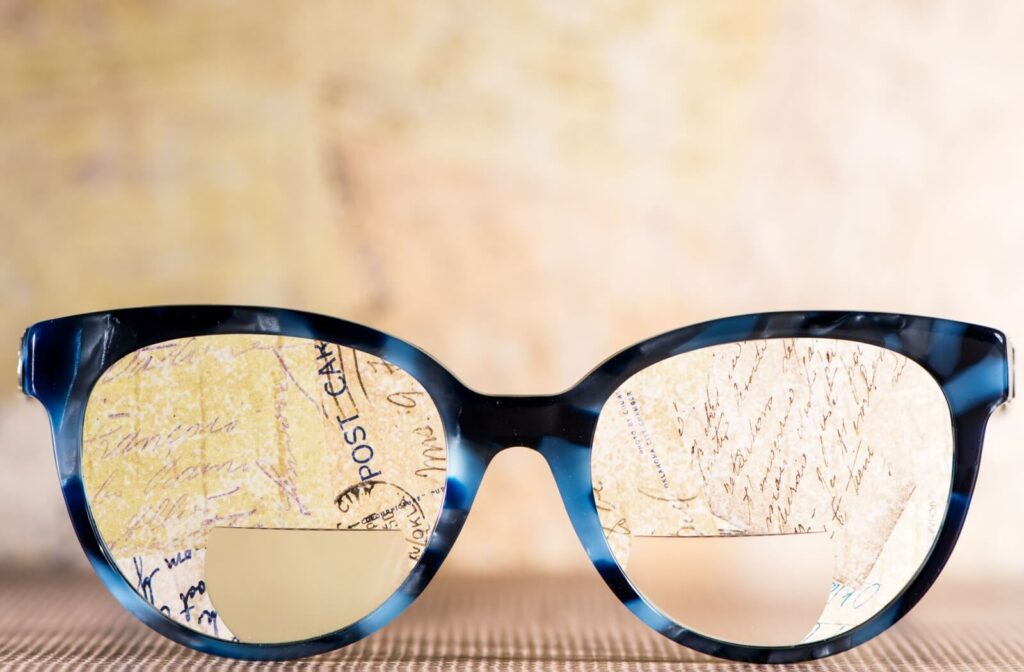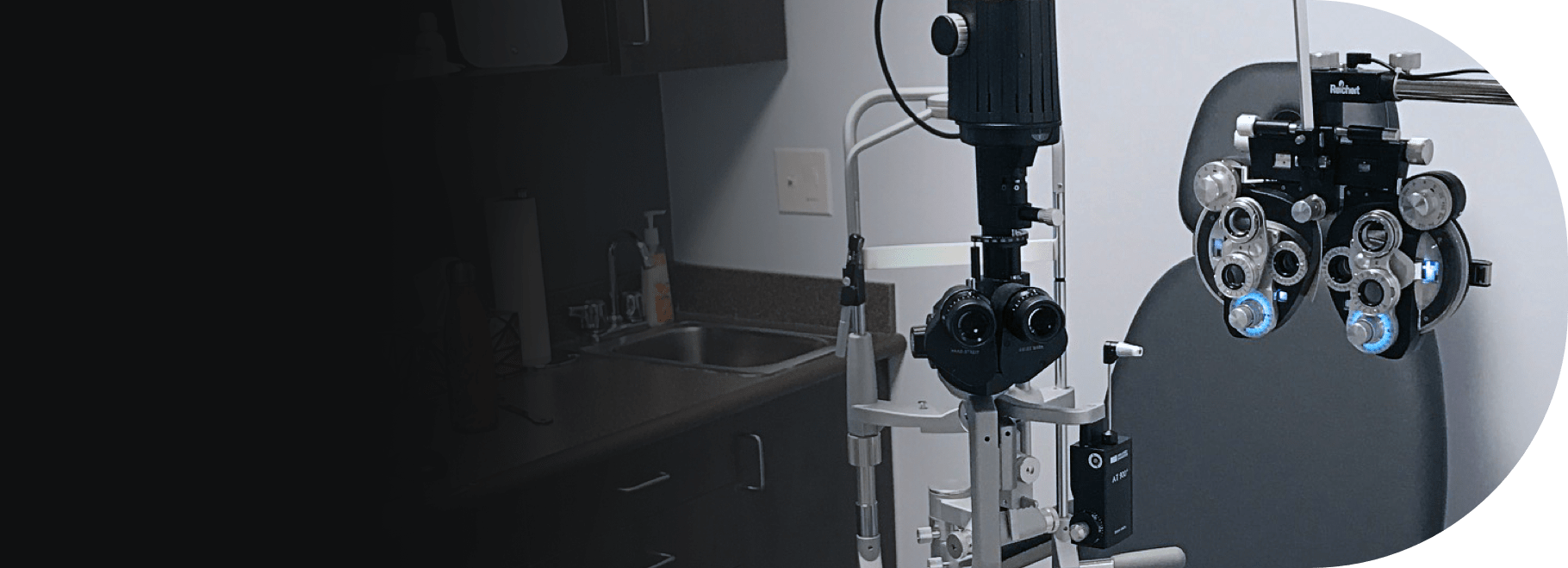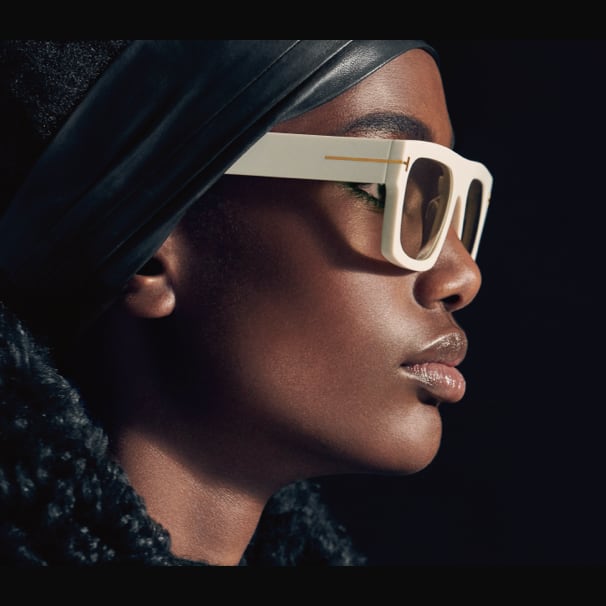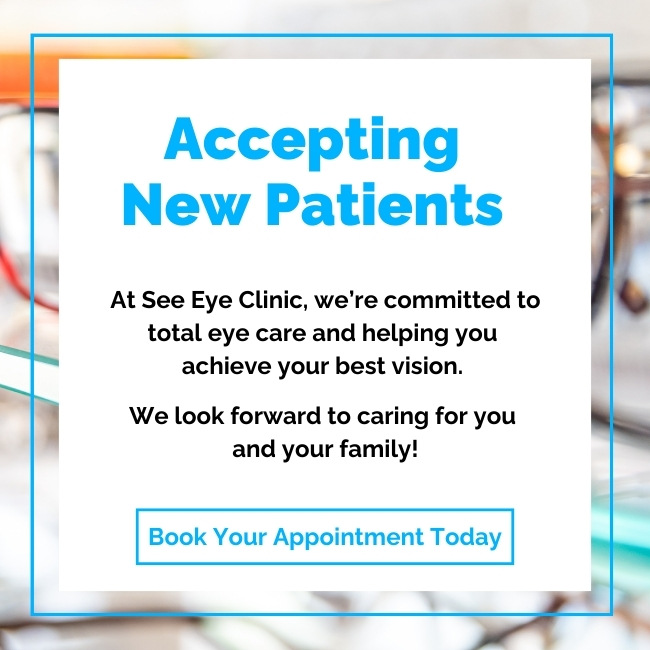Selecting new eyeglasses is often the highlight of updating your vision prescription. Although many people focus on the quality, colour, and design of their frames, the power of glasses lies in the lenses themselves.
Bifocal eyeglasses, for instance, are a great option for people who require two distinct lens powers in a single lens. A visible line divides the two prescriptions, with a reading prescription in the lower lens and distance vision correction in the upper lens.
A reliable, comfortable, and functional pair of eyeglasses can help maintain your vision and eye health. Our See Eye Clinic team can help you find the right option for you!
A Breakdown of Bifocal Lenses
Bifocal eyeglasses provide two distinct optical powers in a single lens. This is often great for people who need vision correction for both near and far distances.
A visible line divides a bifocal lens into two distinct sections:
- The upper lens portion corrects distance vision, offering clarity while driving, attending an event, or recognizing familiar faces.
- The lower lens section corrects for near vision tasks like writing, reading, sewing, or looking at your smartphone.
This flexibility makes bifocals an excellent choice for people who experience presbyopia, a natural age-related condition that makes focusing on nearby objects challenging.
Although older adults are the main wearers of bifocal eyeglasses, bifocals are also a potential myopia control option for younger patients.
The Secret Behind Bifocal Lenses
Bifocal lens technology lies in blending multiple prescriptions (two) within one lens. Each lens section features a different focal length to address specific vision needs.
Traditional bifocals have a distinct visible line separating the two portions of the lens. Moving your focus across this line transitions between the near vision and distance vision parts of the lens.
When wearing bifocals, you simply look through the section of the lens that matches the task at hand:
- When reading, your eyes naturally shift downward to focus through the lower portion of the lens.
- While driving, your eyes align with the upper section for clear distance vision.
When Is it Time for Bifocals?
There’s no specific time for transitioning to bifocal lenses. Most people make this switch when:
- They develop presbyopia.
- They want a single pair of prescription glasses that meets all of their visual needs.
People who enjoy the perks of bifocal lenses are often those with careers or hobbies that require frequent shifts between close and distant focus. Without bifocals, these shifts in focus would require switching glasses.

Bifocals vs Progressives: What’s the Difference?
The world of multifocal lenses (a lens with more than one prescription) isn’t limited to bifocal lenses. Although bifocals are widely loved, progressive lenses have been gaining popularity.
There’s no “right” option, but understanding the difference between these lens types can help simplify your decision.
What Are Progressive Lenses?
Progressive lenses offer a modern alternative to traditional bifocals. Instead of having sharp divisions between optical powers with visible lines, progressives provide a smooth gradient between near, intermediate, and distance vision zones.
This eliminates the “jump” effect that some people experience with bifocals as their eyes move from one section of the lens to the other.
Which Option Is Right For You?
The choice between bifocals and progressives comes down to your lifestyle, preferences, and visual needs. For example, a person who does frequent computer work will benefit from progressive lenses’ intermediate focal point, which bifocals can’t accommodate.
Here are a few factors to keep in mind when choosing between bifocal and progressive lenses:
- Aesthetic preference: Progressive lenses are a great option if you prefer lenses without visible lines.
- Adaptation period: Some people may need time to adjust to progressives, while bifocals may have a shorter adjustment period.
The Bifocal Benefit
Given their decades-long history, bifocals are a reliable and trusted solution to correcting presbyopia. However, there are additional advantages to making the switch to bifocals:
- Dual functionality: Bifocals accommodate long-distance and near-vision needs in one pair of glasses. This eliminates the hassle and cost of owning multiple glasses for everyday tasks such as driving or reading.
- Simplicity and accessibility: Many people appreciate having a distinct, visible line to differentiate between the prescriptions. It makes them easy and practical, especially for those new to multifocal lenses.
- Affordability: Bifocal lenses are typically more affordable than progressives. Since bifocals converge two prescriptions into one lens, it can eliminate the need for a separate pair of reading glasses.
Is it Time to Explore Multifocal Lenses?
From simplifying your daily tasks to improving your clarity for every distance, bifocal lenses offer a practical solution for adults with changing visual needs by combining the power of two lenses into one.
The first step in exploring the multifocal lens that’s right for you starts with a routine eye exam. At See Eye Clinic, our optometrists will guide you through every step and recommend the lens option that meets your visual needs, lifestyle, and preferences.
Connect with our See Eye Clinic team to schedule an appointment or drop by and browse our unique selection of frames!




















